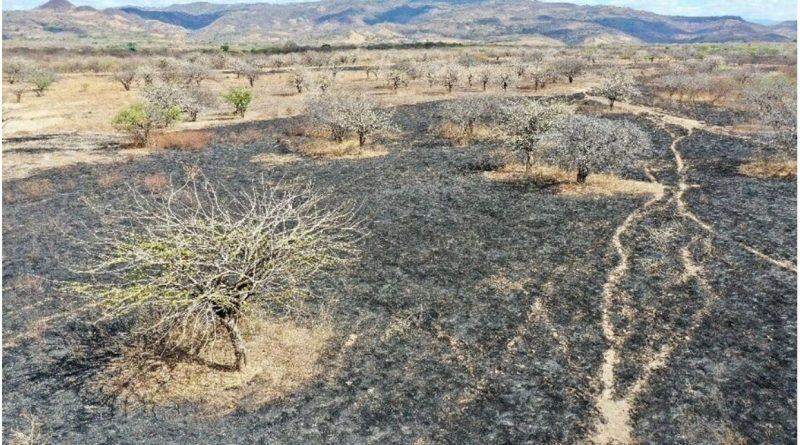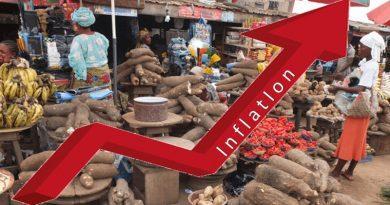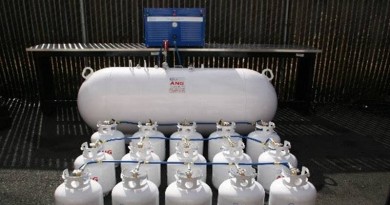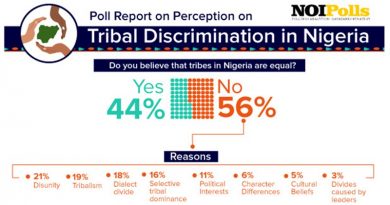The Global Climate crisis: COP27 and other things to watch out for in 2022
2021 was an unprecedented year of climate disasters, but also of action against climate change. Here we take a look at the coming year and some of the key things to watch out for that could influence the state of the climate crisis and the direction we are going.
Loss and damage
Vulnerable countries and communities are already suffering from severe losses and damages of lives, livelihoods, crops and infrastructure caused by unavoidable impacts of climate change. Communities that are least responsible for global emissions are facing the worst impacts and do not always have the resources to cope. There is currently no global financing facility to support recovery from the losses and damages these people endure.
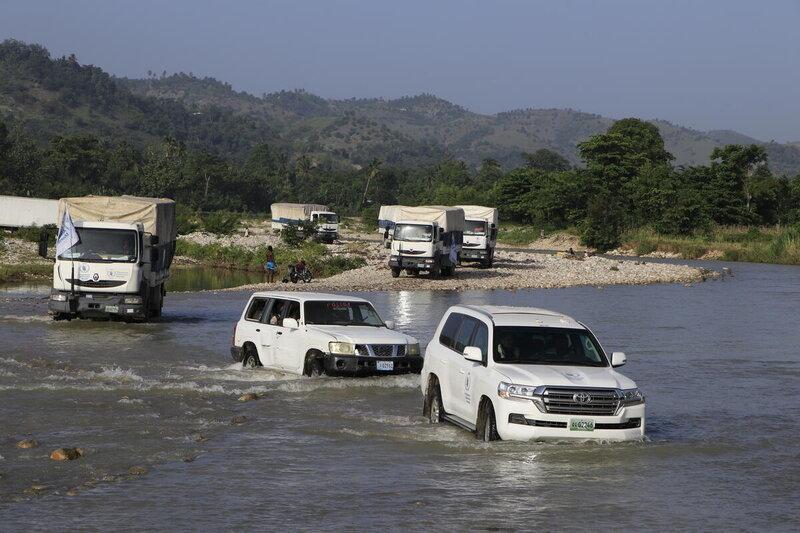
But 2022 could be the year that changes. At COP26 (Conference Of the Parties)the discussion around loss and damage gained momentum and Scotland became the first country to contribute (around US$2.74 million) to loss and damage funding for developing countries. The question now is will other countries follow their lead? Some people are hopeful that COP27 being held on African soil, a continent experiencing some of the worst impacts of the crisis, will mean a stronger push to address loss and damage.
Climate finance
The climate crisis is an issue of global injustice. Global heating is increasing the severity and frequency of extreme weather events and vulnerable countries do not have the capacities and finance to mitigate and adapt to these impacts. In 2009, high-income countries that have historically produced most emissions, committed to provide US$100 billion of climate finance annually by 2020 to help developing countries deal with the impacts of the climate crisis. But this climate finance target was not met in 2020, nor in 2021. Don’t look the other way: Madagascar in the grip of drought and famineHundreds and thousands of people in the south of the country may die of hunger without World Food Programme support — the organization urgently needs US$78 million to respond
This year will be crucial to fulfill this promise and provide funding for those most at risk, who are facing the consequences of a problem they did not cause. The UN Secretary-General António Guterres has called for 50 per cent of climate funding to be spent on climate change adaptation, which currently accounts for only 25 per cent of global climate finance. Commitments have been made for adaptation finance to increase to 40 per cent by 2025, but this funding is yet to start materializing.
WFP supports countries to access climate finance, which is used to protect the most vulnerable with climate risk insurance and anticipatory action. This year WFP will continue to scale up its climate action and plans to reach nine million people by 2025.
The science
This year will see the release of two major scientific reports which will help to shape strategies for climate change mitigation and adaptation. The Intergovernmental Panel on Climate Change (IPCC) published a report in 2021 that gave the world a stark warning that average global temperature rise will hit 1.5°C before 2040 and could reach 5.7°C by 2100 – far above the level agreed safe by 192 countries through the Paris Agreement.
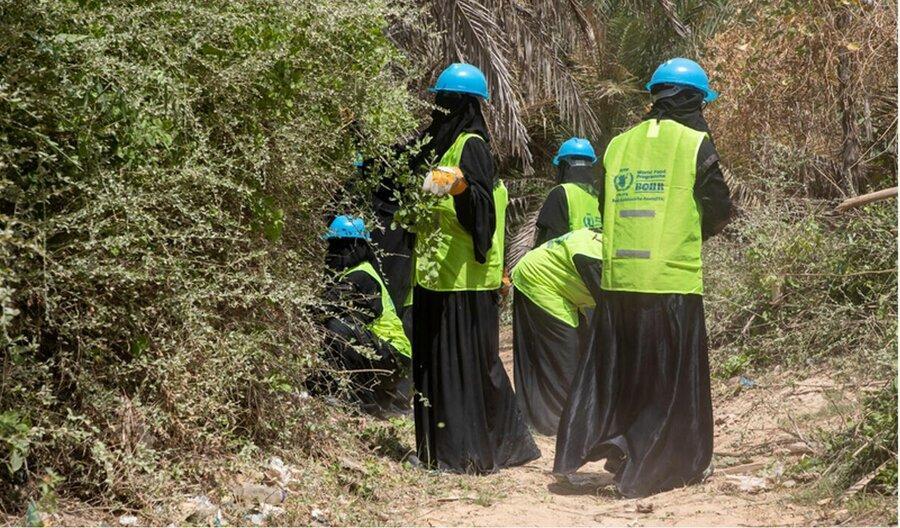
In February the IPCC will release an assessment on how the climate crisis is affecting people, ecosystems and biodiversity, our capacity to cope and how we can adapt. In March we expect an analysis of the options for reducing greenhouse gas emissions and removing carbon dioxide from the atmosphere in order to stop runaway global heating.
The hope is that these scientific reports will prompt urgent action by governments and decision-makers. WFP will use these reports to strengthen advocacy efforts for the vulnerable communities on the frontlines of the climate crisis.Typhoon Rai: WFP offers Philippines telecoms and logistics supportStorm has claimed 375 lives and displaced more than 600,000 people – World Food Programme urgently needs US$310,000 to assist
Major events
In May, the Government of Indonesia will host the 2022 Global Platform for Disaster Risk Reduction. Countries will discuss how to build stronger systems to manage disaster risks and protect those in harm’s way. Disaster risk reduction uses the analysis, preparedness and prevention of risks to reduce the losses and damages caused by hazards such as earthquakes, floods, cyclones and droughts. With climate hazards accounting for 90 per cent of all major disasters worldwide, disaster risk reduction policies and practices are a crucial element for the effective management of the climate crisis.
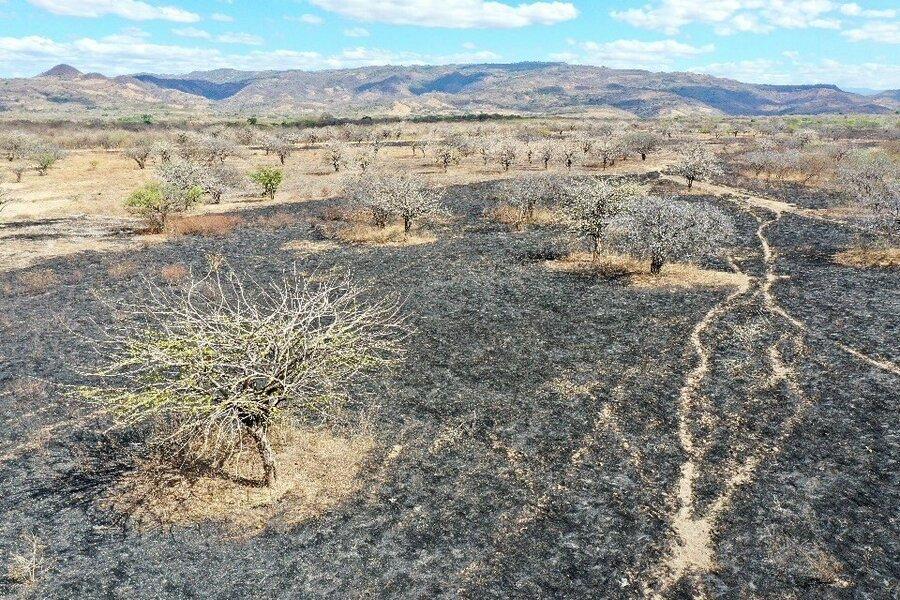
Egypt will focus on resilience and adaptation when it hosts the next UN Climate Change Conference (COP27) in Sharm el-Sheikh in November. The conference will build on commitments and discussions from COP26 in Glasgow, UK, and there are high hopes that a COP in Africa will build more support than ever before for adaptation and loss and damage. Key things to look out for in the run up to and at COP27 are:
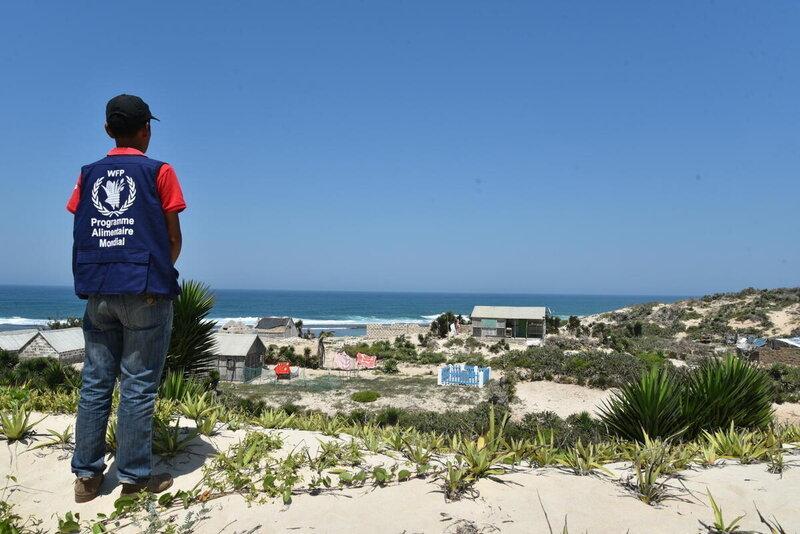
- The delivery of US$100 billion per year to help developing countries mitigate and adapt to the impacts of climate change
- The creation of a loss and damage fund and the mobilization of financing
- New commitments, and the implementation of existing announcements, to limit global heating to well below 2°C by the end of the century.
- COURTESY. WFP

